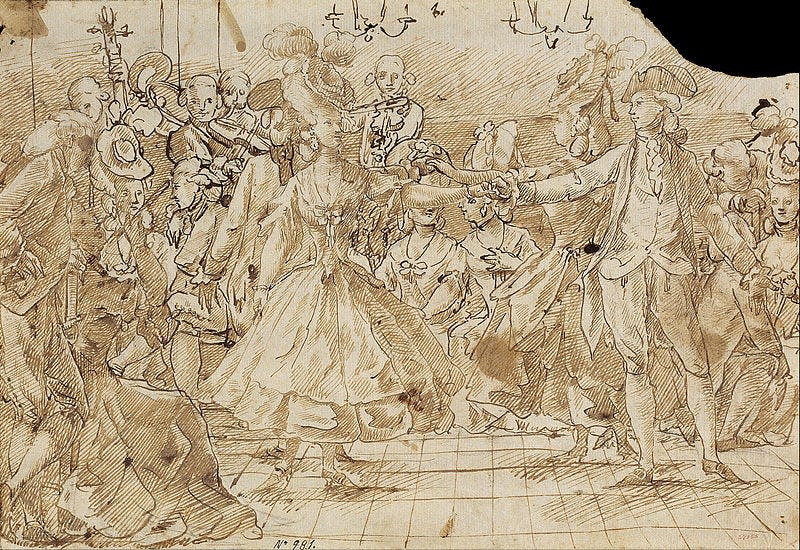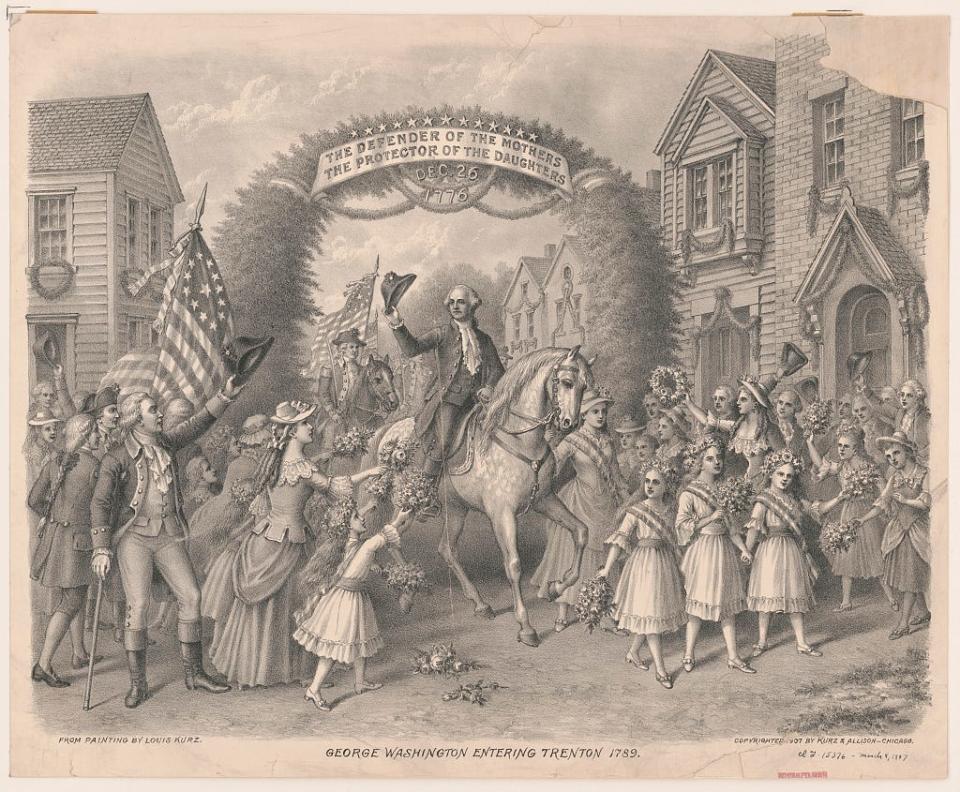Bergen County has been a shopping hub since Colonial times. Here's the history
With its proximity to New York Harbor, Bergen County has been a shopping mecca for centuries.
In Colonial times, the fashion pipeline more often than not ran from New Bridge Landing on the Hackensack River.
There, the Zabriskie Store, the mini-mall of Bergen County in that era, offered everything from home hardware to handkerchiefs. Among its more well-stocked items in 1793, according to Bergen County Historical Society records, was fabric.
Black gauze was the staple fabric of the Revolutionary era, but options were plentiful outside of wartime. Fine laces, various gauges of naturally dyed wool and cotton twills to later be embroidered with birds, flowers and snowflakes were among the standout styles.
While fine fabrics originating from Europe and the Far East were desirable in terms of both durability and design, they weren't always the rage in Bergen County's social circles. Wearing homemade clothing in the buildup to the American Revolution fostered a sense of pride rather than shame, says Megan Bowersox, a gallery interpretation manager at the Museum of the American Revolution in Philadelphia.
Laws in the 18th century routed trade to the colonies through Britain and levied taxes on imported goods. Fabrics were chief among them. To thumb their noses at the British, women held politically motivated spinning parties. The wave of protest was called the homespun movement, and it was exhausting work for women, writes Carmela Ascolese Karnoutsos in her 1997 book "New Jersey Women: A History of Their Status, Roles and Images."
Wool and flax fibers had to be combed, spun, bleached, dyed and woven. All of it required toil, no more so than spinning.
"Spinning was more than a woman's occupation, it was her preoccupation," Karnoutsos writes. "Enough yarn had to be spun to make clothing for every family member, and the task was a sign of women's domesticity and femininity."

The work was a throwback of sorts to Bergen County's early settlers. Generally farmers from France and the Netherlands, they grew rye and built stone houses, barns and frost-proof apple cellars from Piermont, New York to Englewood, according to James M. Van Valen's 1900 "History of Bergen County."
Their clothes were about function and practicality, rather than peacocking. They were rough and limited in color. For the most part, they were made from flax and wool harvested on the estate. "All ordinary garments were made at home in the family, the tailor only being employed by the day occasionally to lay out the work," Van Valen writes. "Working clothes were made in the most simple manner, comfort and durability being the governing considerations."
As the colonies formed and grew, so did the colonists' options. Increased trade under British rule offered Bergen residents access to finer, European-sourced textiles. Typically, the latest French fabrics would be available in major East Coast ports within a month, says Bowersox.
"It is well known that the rural ladies in that part of New Jersey pride themselves in an incredible number of petticoats."
— New Jersey Gov William Livingston
Whether they made their fabrics or not, colonists had their clothes custom made. And there was a lot to cut and sew, Bowersox says. Men typically had eight to 10 tunic-style undergarments and several pairs of stockings: woolen for the cold, linen for the warm weather and knit for "long winter evenings," according to Van Valen. Revolutionary era inclination was to play up the calf, Bowersox says. Consequently, men often wore breeches that ended at the knee, waistcoats and jackets that stopped mid-thigh in the Continental style.

Women had even more bulk to manage. They often wore shifts, the blouses of the day, and stays. Reinforced with whale bone in many cases, stays were a more forgiving precursor to the corset, Bowersox says. Petticoats, the ankle-length skirts, were hooped by women of high society to be more voluminous and accentuate the hips; though many 18th-century women had limited wardrobes with only a few dresses, the ladies of Bergen County were known for their penchant for petticoats. Women also wore bodices, aprons, stockings, gloves, bonnets and cloaks.
Pockets came separately. They were worn as a belt with sacks attached. Slits in the petticoats eased access, Bowersox says.
When conflict with the British was at foot, New Jersey Gov. William Livingston urged General George Washington to look to Bergen County to supply its military with fabric. Under a pen name, Livingston wrote that Bergen was teeming with winter waistcoats, breeches and women's petticoats.
"It is well known that the rural ladies in that part of New Jersey pride themselves in an incredible number of petticoats; which, like house furniture, are displayed by way of ostentation, for many years before they are decreed to invest the fair bodies of the proprietors," he wrote. "Till that period, they are never worn, but neatly piled up."
This article originally appeared on NorthJersey.com: Bergen County has been a shopping hub since Colonial times

